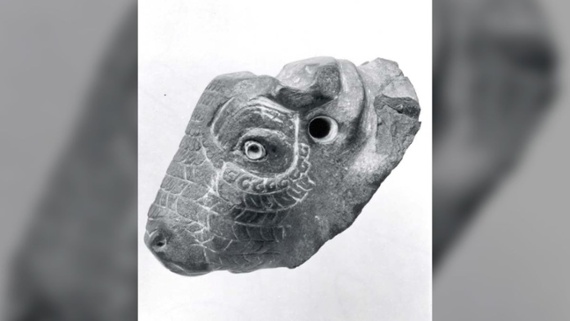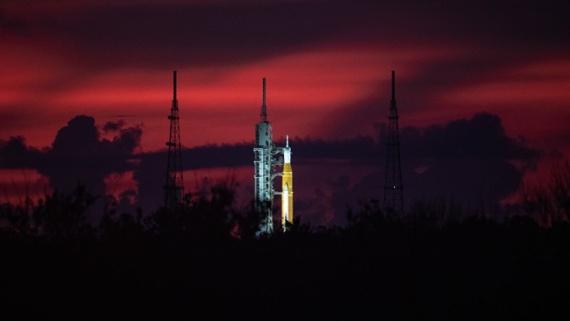|
This site is an experiment in sharing news and content. Almost everything here came from email newsletters.
Sponsor
2022/08/30
Mummified, spread-eagled Triassic 'shovel lizards' look like roadkill and likely died in a drought
@
10:25
Subscribe to:
Post Comments (Atom)
Label Cloud
Technology
(1464)
News
(793)
Military
(646)
Microsoft
(542)
Business
(487)
Software
(394)
Developer
(382)
Music
(360)
Books
(357)
Audio
(316)
Government
(308)
Security
(300)
Love
(262)
Apple
(242)
Storage
(236)
Dungeons and Dragons
(228)
Funny
(209)
Google
(194)
Cooking
(187)
Yahoo
(186)
Mobile
(179)
Adobe
(177)
Wishlist
(159)
AMD
(155)
Education
(151)
Drugs
(145)
Astrology
(139)
Local
(137)
Art
(134)
Investing
(127)
Shopping
(124)
Hardware
(120)
Movies
(119)
Sports
(109)
Neatorama
(94)
Blogger
(93)
Christian
(67)
Mozilla
(61)
Dictionary
(59)
Science
(59)
Entertainment
(50)
Jewelry
(50)
Pharmacy
(50)
Weather
(48)
Video Games
(44)
Television
(36)
VoIP
(25)
meta
(23)
Holidays
(14)
Popular Posts
-
New Dividends from LPL Financial, Apple, Baker Hughes, PACCAR, Nasdaq, WisdomTree U.S. Quality Dividend Growth Fund, Teradyne and more... Un...








No comments:
Post a Comment
Keep a civil tongue.